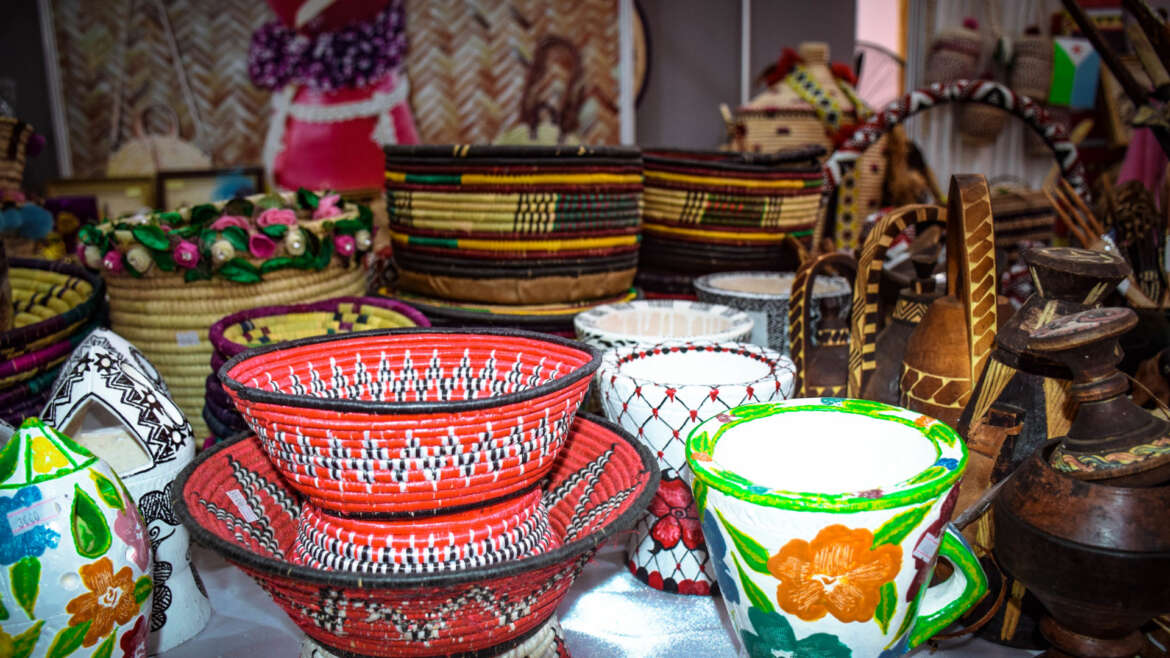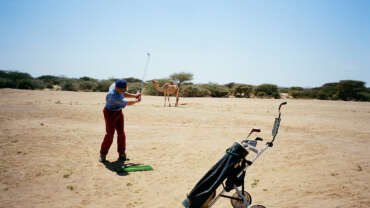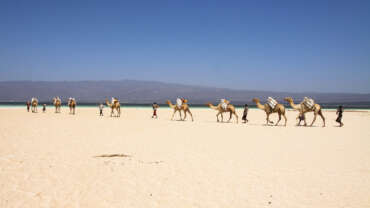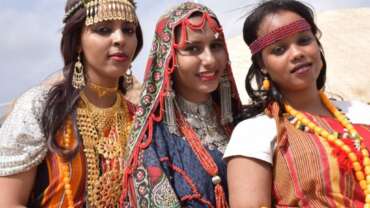AN EARTH HIGH IN COLORS
Djibouti, the Capital
Djibouti is at the same time the capital, the economic, administrative and cultural center of the Republic of Djibouti. The city of Djibouti, built around 1886 to 1900, has inherited a rich urban cultural and architectural heritage, a mixture of influences from Africa, the Middle East and Europe. It drains almost all the political, economic and administrative activity of the country. Hotels, restaurants, nightclubs, supermarkets or banks are mostly concentrated in the capital.
The place of June 27, previously Place Ménélik, very shaded, stands out from the many café terraces that house many souvenir stalls.
From the Place du 27 Juin, you can get to that of Mahmoud-Harbi (ex-Place Rimbaud) by turning the picturesque alleys that intersect. Between two stalls and open-air bazaars of artisanal products ” Made in Djibouti ” are exposed stores where you can get traditional daggers, basketwork, bags, pearl necklaces, etc.
In the premises of the National Tourist Office located next to the Djibouti Town Hall building, there is also a showcase in which the various artisanal products are available. Place Mahmoud-Harbi, formerly called Place Rimbaud, dominated by the minaret of the great mosque, is teeming with people and teeming with products at very affordable prices.
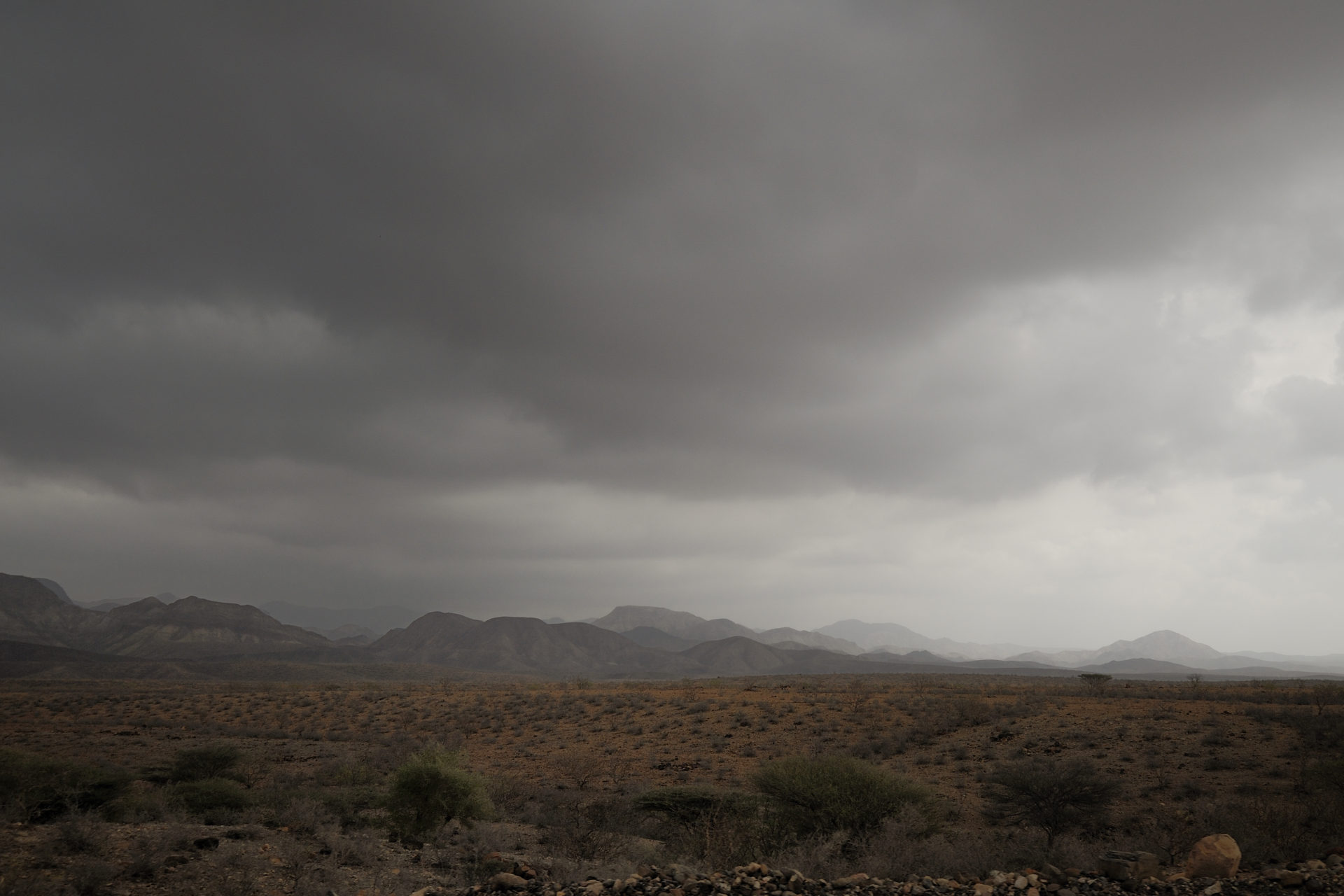
The region of Arta, a sweetness that makes you feel good
At an altitude of 750 meters, perched on a mountain with soft airs and pleasant to sniff, the city of Arta is located 42 km from the city of Djibouti.
Given the position of the Republic of Djibouti on the rift, a seismic detection station is located in this city to list and exchange data with similar stations around the world.
This region is known for its cool climate, its hiking sites, its sumptuous beach for swimming and whale shark watching. Among its distractions, each year, the Djiboutians go to this unmissable meeting of the great march called “Peace Walk” .
The major tourist sites are in particular:
– The natural land area of Djalelo located 40 km from the capital.
– The Decan refuge
– Little Bara’s desert
– The beaches of Arta
– Dimbiya Adaïle Canyon
Ali Sabieh, the city of the train
Created in 1899, the city of Ali Sabieh, capital of the region, is 90 km from the capital Djibouti and 10 km from the border with Ethiopia. Among the main areas and sights of this region, we can see to the horizon of the Grand Bara, a desert plain 30 km long and 10 km wide which is organized regularly by the French soldiers of the 13 th DBLE an annual sporting event, the 15 km cross of the Grand Bara, not to mention the sand yachting which is invited intermittently.
Mount Arrey at an altitude of 1,286 meters, the Assamo protected natural area, a natural habitat for the Beira antelope, the 19th century colonial coral houses or the WWII casemates are there to be discovered when the ‘we are passing through this corner. The new electric train connecting Djibouti to Ethiopia crosses this region which has the second stop station in the city.
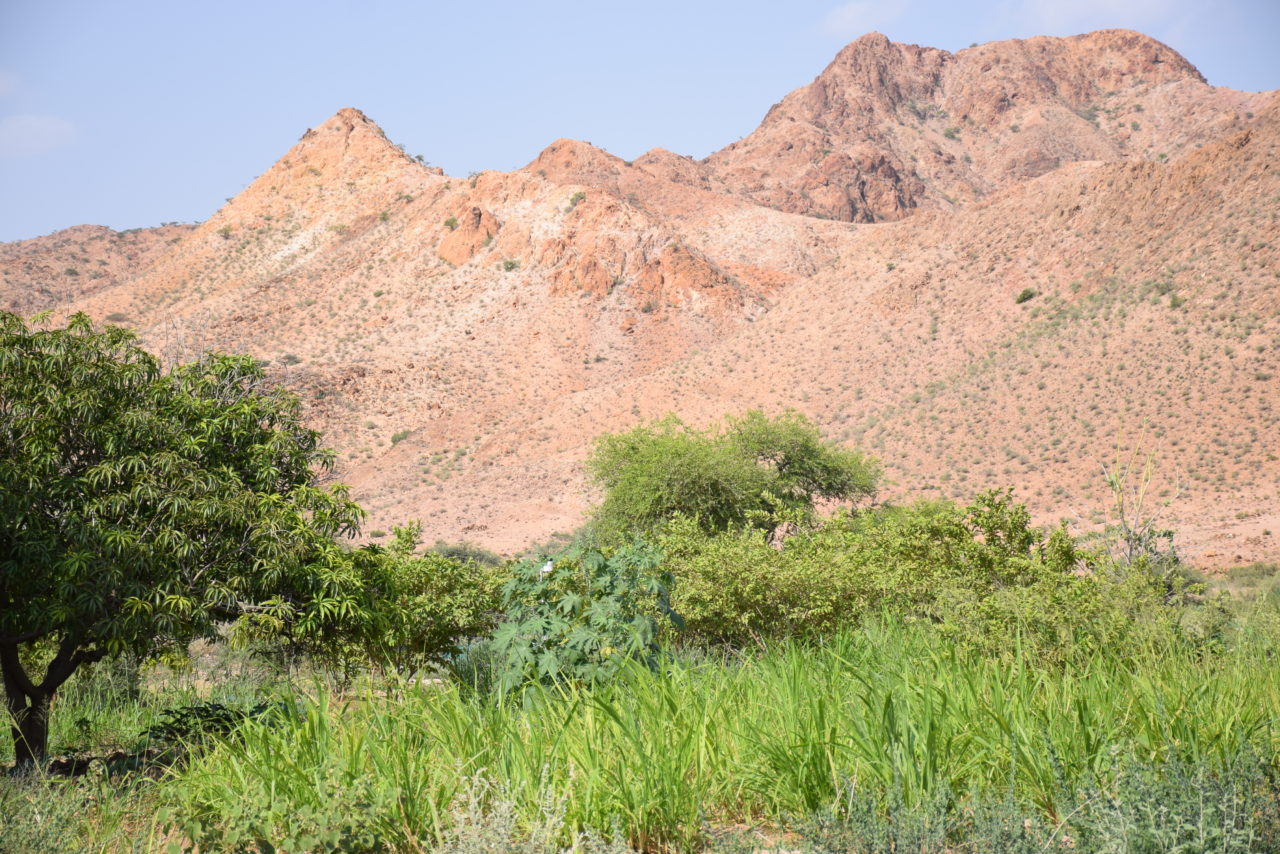
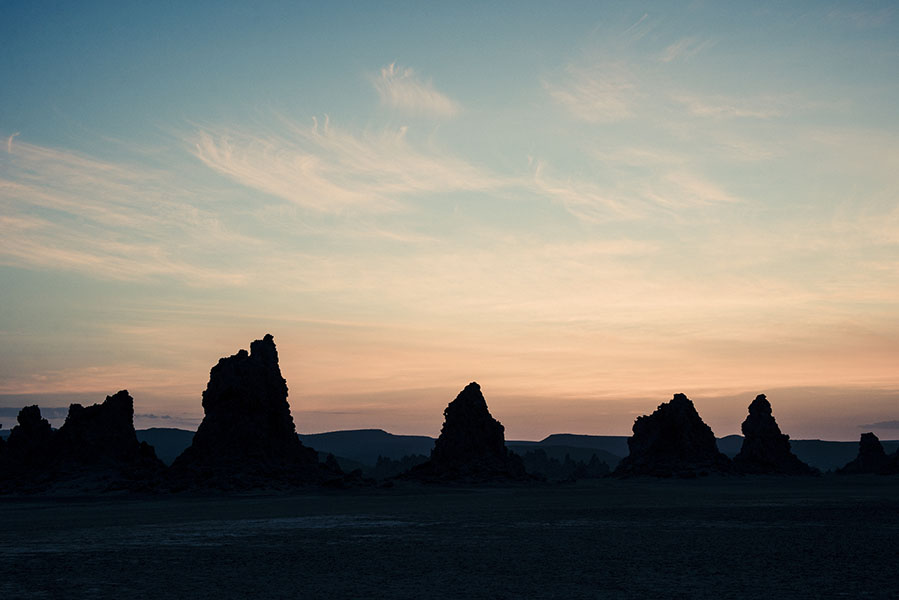
Dikhil region – an archaeological museum
A two-day foray would present many attractions for visitors to this region for its cultural landscape, its agricultural potential, its prehistoric monuments and its ecosystem which bear witness to the different stages in the history of the earth and of people.
It was in 1928 that an administrative post was created in this place around which a village was to be born. Dikhil-ville, stronghold of the Sultanate of Goba’ad provisionally abolished by France in 1930 until the country’s accession to independence, capital of this region, is located at a distance of 121 km from its capital.
The commercial vocation of this region has continued to assert itself over the years due to its privileged location which makes it a very frequented passage between Ethiopia and Djibouti.
The very name of Dikhil also evokes a meeting place for the nomads of the plains of Hanlé, Gobaad, Petit and Grand Bara.
The Abbé Lake constitutes the major natural tourist site of the Dikhil region and also represents an exceptional fauna. Many species of birds are listed there. The most emblematic are the large flamingo or flamingo ”Phoenicopterus ruber” and the small flamingo ”Phoenicopterus minor”.
Lac Abbé is also atypical for its cultural landscape. Indeed, the people and animals who lived around this lake, millennia ago, left important traces and information discovered in archaeological sites, in particular in the site of Asa Kôma and that of Barogali.
The region is also home to other major sites such as the rock engravings of Garabayis or the archaeological site of Handôga dating from 3000 BC.
Tadjourah, the ancient city
The region of Tadjourah is known to be a locality which shelters numerous seaside and land tourist sites. The city of Tadjourah, capital of the region known as “the white city”, is accessible by sea at 45 minutes by speedboat or by ferry at 1 hour 30 minutes. It is also accessible by land from Djibouti city where you have to make a detour of 180 km to get there.
Cantor of the Sultanate of Tadjourah, this ancient city is a commercial port where traders once flocked when caravans traded salt to the Abyssinians from the Abyssinian highlands.
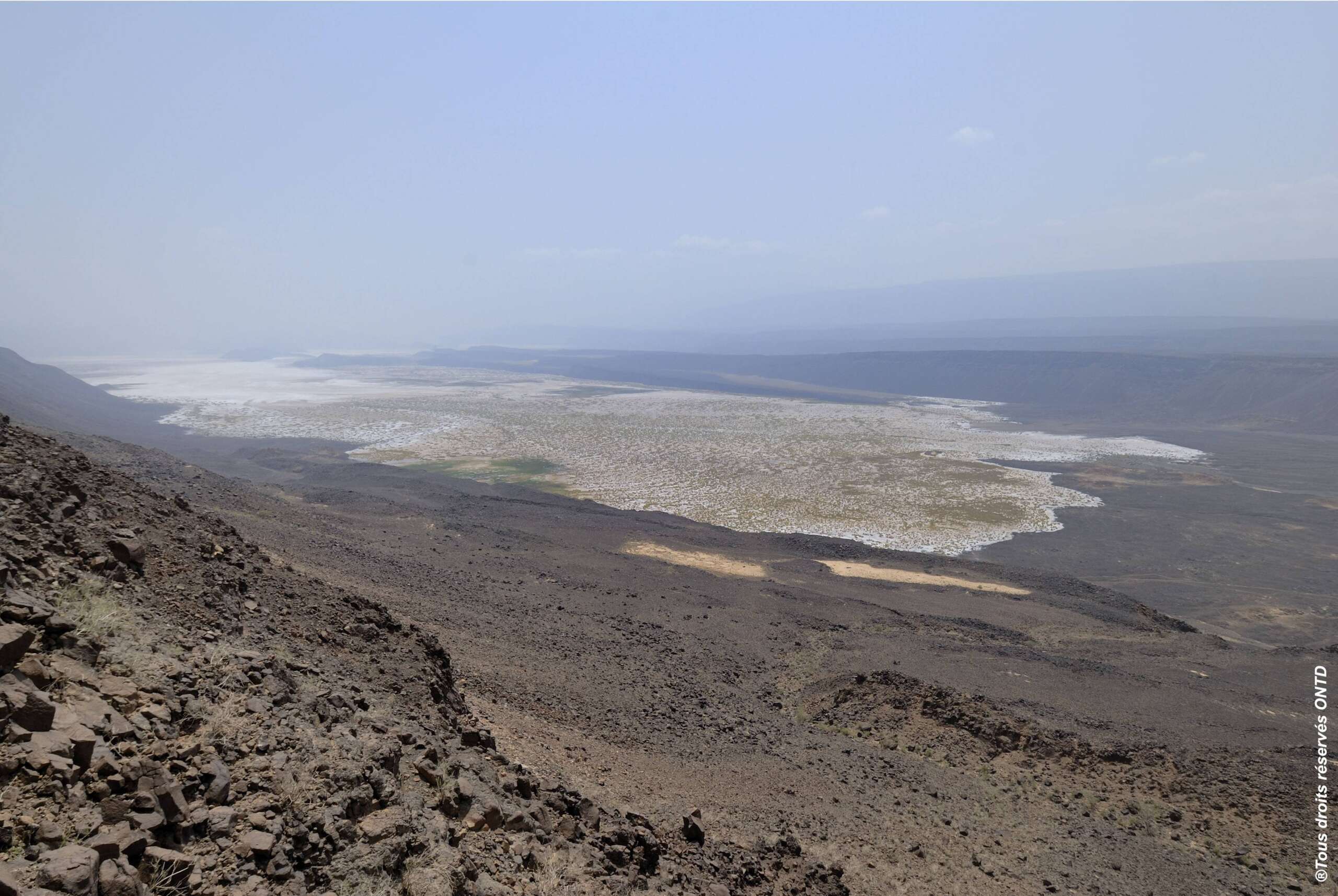
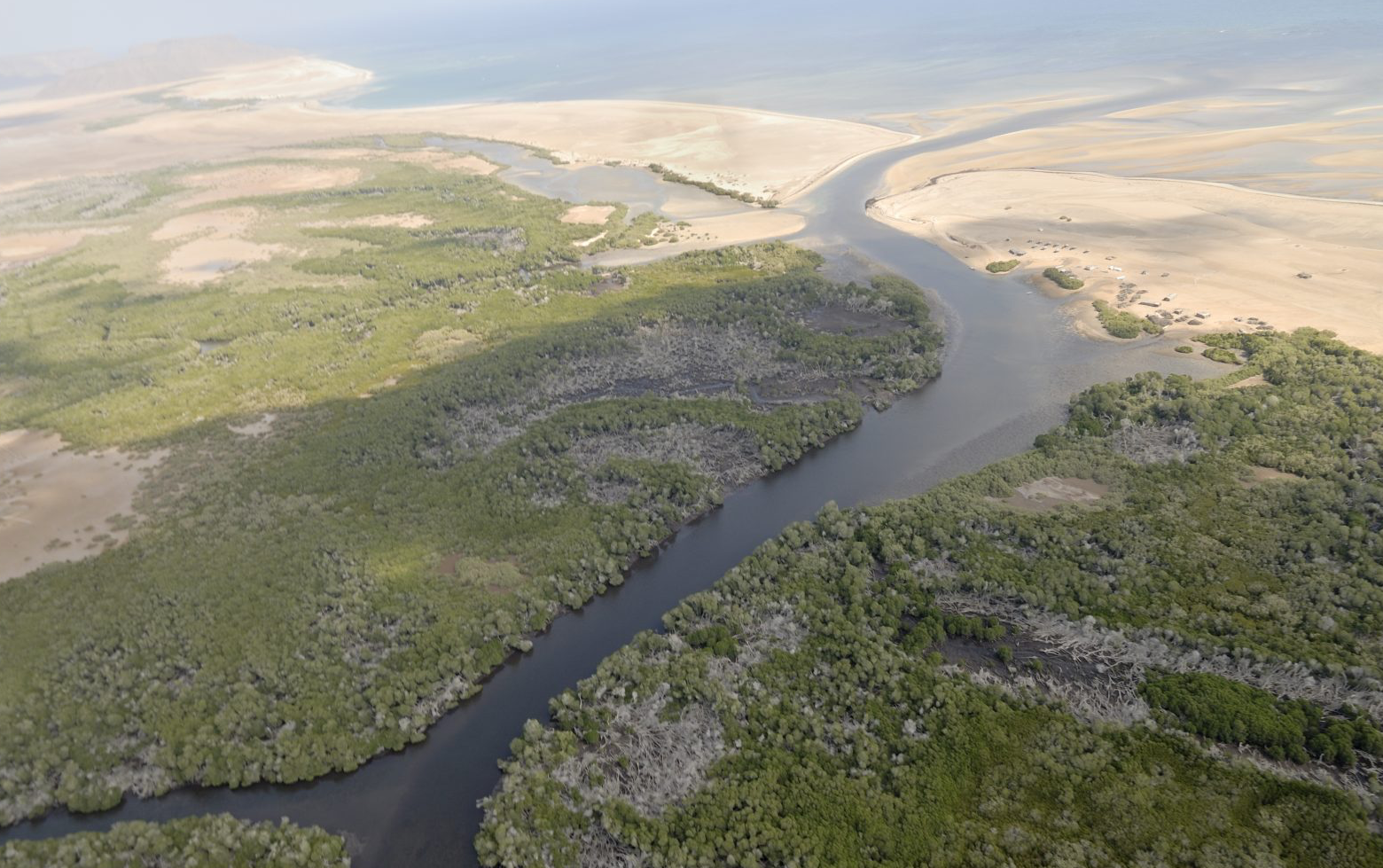
OBOCK
The Obock region has significant tourism endowments, particularly with the islands of the 7 brothers and several mangroves including the forests of Godoriya, Khor Angar and Ras Siyan which constitute habitats for many land and marine animals representing an important biological diversity. . They are also the meeting place for a large number of birds (green heron of the Red Sea, pelican, aquatic birds).
You can get to the town of Obock, capital of this region, by sea (2 hours by ferry or 1 hour by speedboat) and by land with 240 km from the capital Djibouti-ville.
Obock is a historic town and was the country’s first capital under the French protectorate. It houses the first residence of the first Governor of the Territory, Mr Léonce Lagarde, current residence of the Prefect of the Obock region. This city also evokes the travel stories of 19th century adventurers, with its marine cemetery steeped in history.
The town of Obock is the starting point for excursions to the mangroves of Godoria and Khor Angar (to be done by small motor boat or canoe kayak), the Ras Bir lighthouse, and the exceptional volcanic site of Ras Syan. In the hinterland, the Mablas, a green massif with a temperate climate, are capped with the country’s second forest.
The magnificent site is the favorite playground of sports driving enthusiasts in the bush, while mountaineering enthusiasts, from amateurs to experienced professionals, will find there the enchanting place of their passion. As in the Forest of Day, the plant species seem to be survivors of prehistoric times.



